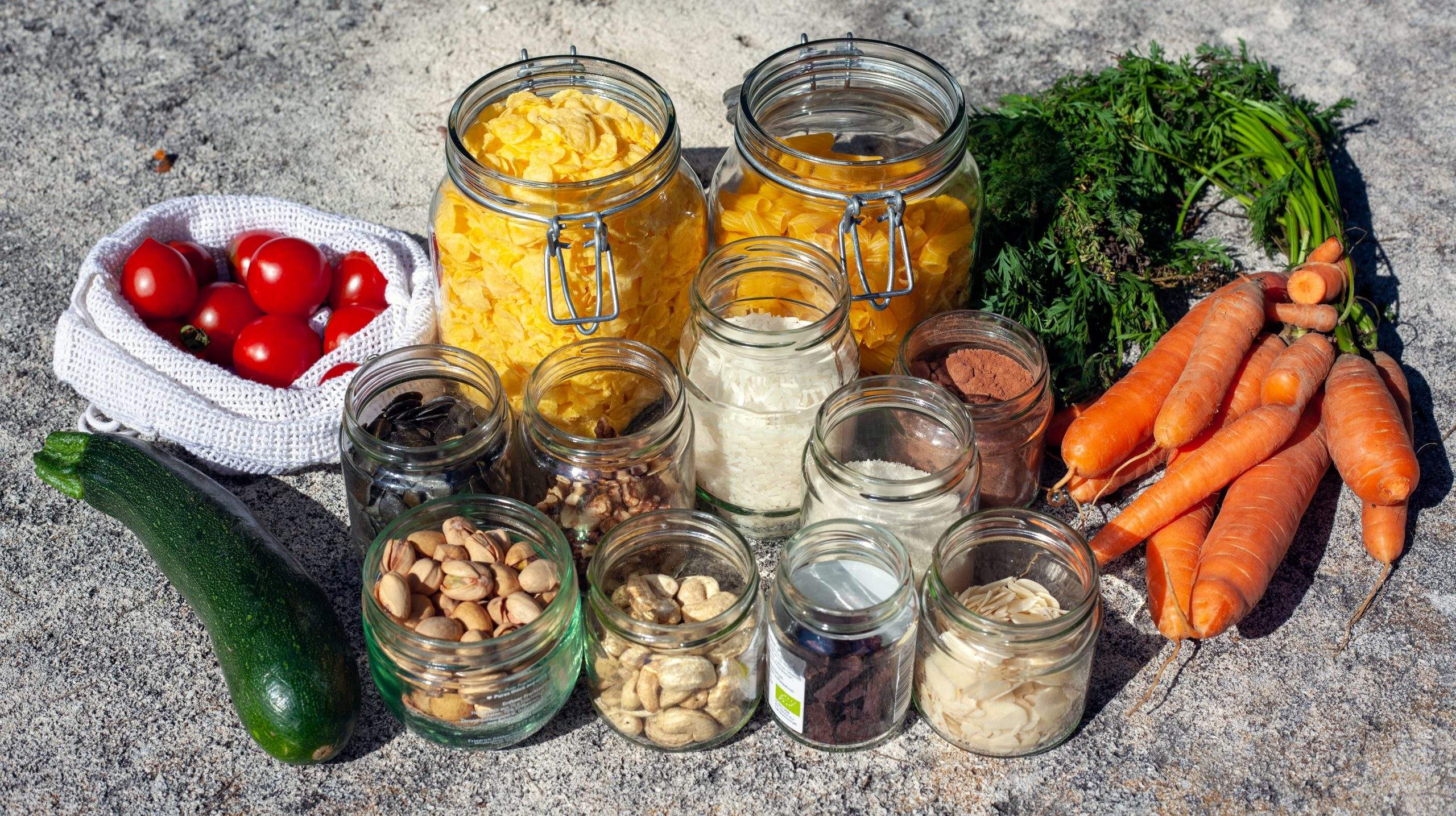The Gulfood Trade Show, which opens its doors on February 13, is announcing the launch of Gulfood Zero Waste, a global initiative that aims for “a proactive approach to adopting zero-waste initiatives.” This is a key concern, since the fight to reduce food waste affects economic, ethical and environmental issues, and France is a global leader in this struggle.
The numbers can make your head spin: according to the United Nations Environment Program (UNEP)’s Food Waste Index, 1.3 billion tons of food are lost or wasted every year.[1] Reducing this waste, which represents 10 million tons of food a year in France,[2] will have an impact on three different concerns.
In environmental terms, on a global scale, food waste produces as a high a level of greenhouse gas emissions as a country whose industrial output would put it in third place, behind China and the USA.[3] That is because of the energy required to produce, process, conserve, package and transport the wasted food… It also represents a significant drain on precious natural resources, particularly water.
Next, on an economic level, wasting food is expensive: it costs between €12 and 20 billion a year in France: the equivalent of €159 per person – and that’s only counting household food waste.[4]
And finally, from an ethical and social point of view, throwing food away is unacceptable when you consider that one tenth of the world’s population was undernourished in 2020.[5]
France is in the forefront in the field of fighting food waste (see the article published on 26 Jan. 2021 « France Inn the Forefront in Fighting Food Waste »). It is committed to reducing food waste by 50%, relative to the 2015 level, by the year 2025 in institutional catering, and by 50% by 2030 in production, processing, restaurants and homes.
How food waste is distributed among the different stages of the food-production chain in France:
- 32% in the production phase
- 21% in the processing phase
- 14% in the distribution phase
- 33% in the consumption phase
Source: Ademe
[1] Rapport 2021 du PNUE sur l’indice de gaspillage alimentaire https://www.unep.org/fr/resources/rapport/rapport-2021-du-pnue-sur-lindice-du-gaspillage-alimentaire
[2] Ministère de la Transition Écologique
[3] « État des masses des pertes et gaspillage alimentaires : état des lieux par étapes de la chaîne alimentaire » – ADEME 2016.
[4] « État des masses des pertes et gaspillage alimentaires : état des lieux par étapes de la chaîne alimentaire » – ADEME 2016.
[5] L’état de la sécurité alimentaire et de la nutrition dans le monde 2021, juillet 2021 par l’Organisation des Nations Unies pour l’alimentation et l’agriculture
